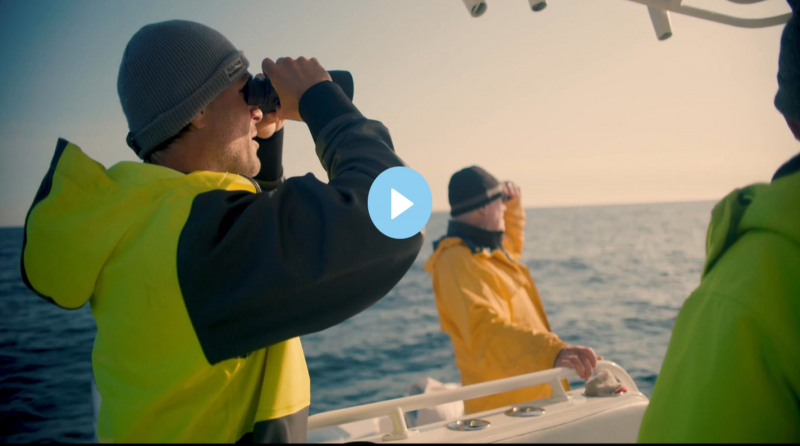
“Thrown to the Wind,” the documentary by Michael Shellenberger, offers a compelling and thought-provoking exploration of the pressing issues surrounding renewable energy and its impact on our environment.
In “Thrown to the Wind,” Shellenberger delivers a well-researched and balanced analysis that challenges popular narratives surrounding renewable energy. Through meticulous examination, he presents a nuanced perspective on the potential shortcomings of wind power and its unintended consequences. The documentary prompts critical thinking and encourages an informed dialogue.
Whether you are an advocate for renewable energy or simply curious about the complexities of our energy landscape, “Thrown to the Wind” offers a refreshing and thought-provoking perspective. Shellenberger’s expertise and ability to present complex information in an accessible manner make this documentary a must-watch for those seeking a deeper understanding of the trade-offs and challenges associated with renewable energy solutions.
 https://public.substack.com/p/the-film-that-could-save-an-entire
https://public.substack.com/p/the-film-that-could-save-an-entire
“Thrown to the Wind” sheds light on the association between testing methods used for wind farms and their impact on whales and other sea life. In a concise summary, the main conclusions drawn from the documentary are as follows.
The documentary highlights that the current testing methods employed during the construction and operation of wind farms have detrimental effects on marine ecosystems, particularly whales and other sea life. It emphasizes that the use of seismic airguns to survey the ocean floor for potential wind farm sites causes significant harm to marine animals due to the intense sound waves generated.
The film presents evidence that the noise produced by seismic airguns can disrupt the natural behavior, communication, and migration patterns of whales, dolphins, and other marine species. These disruptions can lead to stress, hearing damage, and even death among vulnerable marine populations.
Furthermore, the documentary suggests that the testing methods used for wind farms can have long-lasting ecological consequences. It argues that the disturbance caused by seismic airguns can negatively impact the reproductive success of marine animals, disrupt feeding patterns, and alter the overall balance of marine ecosystems.
The film advocates for alternative testing methods that are less harmful to marine life, such as the use of marine mammal observers, passive acoustic monitoring, and innovative technologies that minimize noise pollution. It urges policymakers, industry leaders, and environmental organizations to collaborate in implementing these alternatives to mitigate the negative impacts of wind farm testing on marine ecosystems.
The documentary highlights the urgent need to reconsider the testing methods used for wind farms and their effect on whales and other sea life. It underscores the importance of adopting sustainable practices that balance renewable energy goals with the preservation of marine biodiversity.







